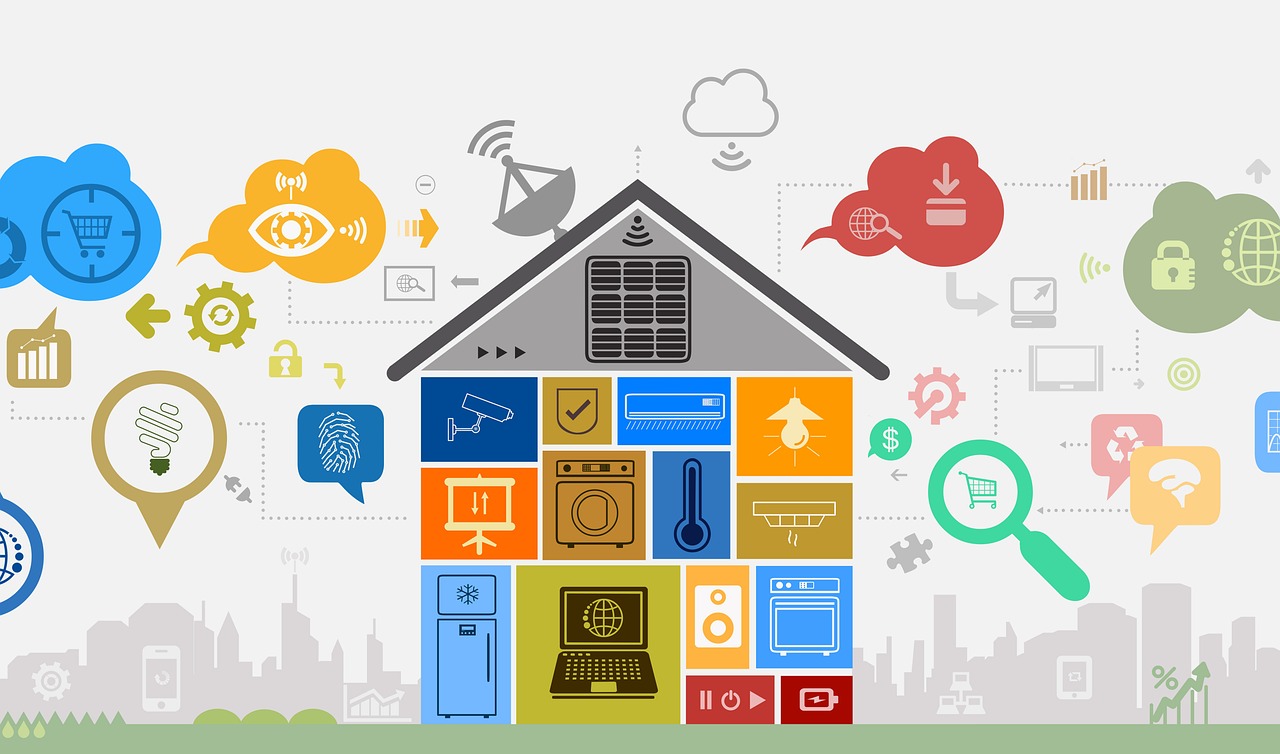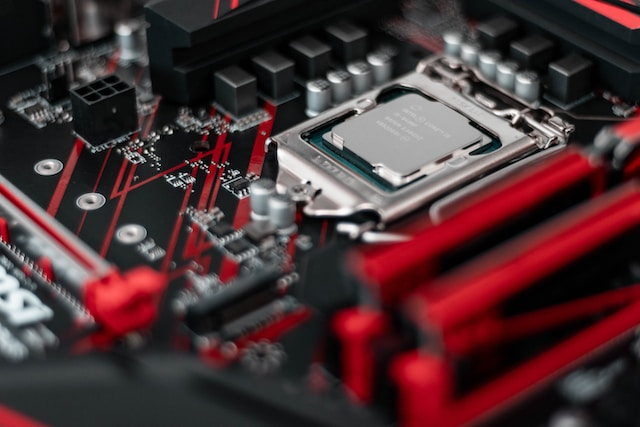New Zealander Ivan Sentch is building a replica of the 1961 Aston Martin DB4 using a $500 3D printer. Using Autodesk 3ds Max modeling software, Sentch is printing the car in 4″ x 4″ sections, mounting each piece on a wooden frame and gluing them into place. The 3D printer is now allowing ordinary people to print anything they fancy from the past, like an Aston Martin, or from their imaginations.
According to Assa Ashuach, who is affiliated with the Design Museum in London, the 3D printer revolution is not about objects or materialization of objects but about the evolution of objects and making them better geometrically and functionally. Ashuach spends up to 80% of his time designing “virtual objects” before printing them. Once he has finished his design he can send the object’s “code” or digital data to be printed to remote 3D printers on earth or in space. Imagine a future where 3D printers will be aboard spaceships and available in emergencies such as occurred during the Apollo 13 mission in 1970.
The 3D printer revolution is also about the localization of production. Using agriculture as an illustration, mass production of food has brought plenty full food to areas of the world that needed it, but it has come about with serious negative side effects: food that isn’t fresh, a lessening of the diversity of foods available in stores, etc. In the same way 3D printer manufacturing will deliver a much greater variety of products.
A New Industrial Reality
According to Ashuach, 3D printers have been used in manufacturing for quite some time, but mainly in a limited way in the creation of prototypes. But now 3D printers are being pushed further into use in production of final versions of products, and in the exploration of design methodologies so that new ways of designing and making objects are emerging and ideas can be tested more easily and quickly.






